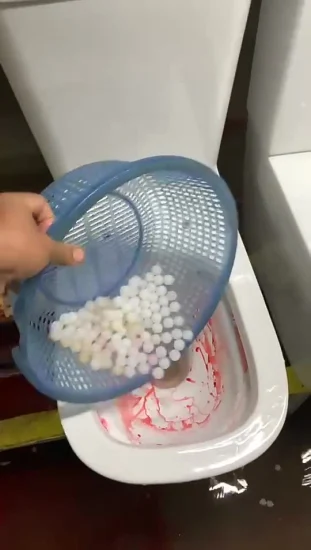Can One to Flush Food Down the Toilet?
Can One to Flush Food Down the Toilet?
Blog Article
The article down below involving What Can Happen If You Flush Food Down the Toilet? is immensely intriguing. Don't overlook it.

Introduction
Many people are frequently confronted with the dilemma of what to do with food waste, especially when it pertains to leftovers or scraps. One usual inquiry that arises is whether it's okay to purge food down the toilet. In this short article, we'll delve into the reasons that people could think about purging food, the consequences of doing so, and different techniques for correct disposal.
Reasons why people may take into consideration flushing food
Lack of understanding
Some individuals might not recognize the potential harm triggered by purging food down the bathroom. They may erroneously think that it's a harmless practice.
Ease
Purging food down the commode may feel like a fast and simple service to disposing of undesirable scraps, specifically when there's no neighboring garbage can offered.
Laziness
In some cases, individuals may just choose to flush food out of large laziness, without considering the effects of their actions.
Repercussions of flushing food down the toilet
Environmental influence
Food waste that winds up in rivers can contribute to contamination and injury marine ecological communities. Additionally, the water utilized to flush food can strain water resources.
Pipes issues
Flushing food can result in blocked pipes and drains, causing pricey pipes fixings and troubles.
Sorts of food that should not be purged
Coarse foods
Foods with coarse structures such as celery or corn husks can get entangled in pipelines and cause obstructions.
Starchy foods
Starchy foods like pasta and rice can take in water and swell, causing obstructions in pipelines.
Oils and fats
Greasy foods like bacon or cooking oils need to never be flushed down the bathroom as they can strengthen and cause clogs.
Correct disposal techniques for food waste
Making use of a garbage disposal
For homes furnished with garbage disposals, food scraps can be ground up and flushed through the plumbing system. Nevertheless, not all foods are suitable for disposal in this way.
Recycling
Specific food packaging materials can be recycled, reducing waste and reducing environmental effect.
Composting
Composting is a green means to get rid of food waste. Organic materials can be composted and made use of to improve soil for horticulture.
The value of appropriate waste management
Lowering ecological harm
Appropriate waste management techniques, such as composting and recycling, assistance minimize air pollution and preserve natural resources for future generations.
Securing pipes systems
By preventing the technique of flushing food down the commode, house owners can protect against costly plumbing repair services and keep the honesty of their pipes systems.
Final thought
Finally, while it might be appealing to flush food down the bathroom for comfort, it is very important to recognize the possible repercussions of this activity. By taking on proper waste management techniques and getting rid of food waste responsibly, individuals can add to healthier plumbing systems and a cleaner setting for all.
FLUSH FOOD DOWN THE TOILET?
FLUSHING FOOD CAN CAUSE BLOCKED DRAINS IN YOUR HOME
All of the plumbing fixtures in your home are connected to the same sewer pipe outside of your home. This outdoor sewer pipe is responsible for transporting all the wastewater from your home to the Council sewer mains. Even small pieces of food that go down the kitchen sink can cause problems for your sewer. It should therefore be obvious that flushing larger bits of food, such as meat, risks a clog in either the toilet itself or the sewer pipes. Flushing greasy food is even more problematic because oil coagulates when it cools, coating the interior lining of your pipes.
THE TOILET IS NOT A BIN
Food isn’t the only thing that people shouldn’t be flushing down the toilet. People use the toilet to dispose of all kinds of things such as tampons, makeup wipes, dental floss, kitty litter and even underwear. Water goes to great lengths to educate residents about the high costs and stress placed on wastewater treatment systems simply from people flushing the wrong stuff down the toilet. It costs taxpayers millions of dollars each year, and homeowners thousands in blocked drain repairs.
FLUSHING FOOD IS A WASTE OF WATER
Flushing food is a waste of our most precious resource - water. In June this year Level 1 water restrictions were introduced to protect water supply from drought conditions. Much of New South Wales continues to be affected by prolonged drought with recent figures revealing up to 97 per cent of the state remains in drought. Depending on whether you have a single or dual flush toilet, every single flush uses between five and 11 litres of water. In the current climate this is a huge amount of water to be wasting on flushing food that should be placed in the bin (or better yet, the compost).
https://www.jabplumbingsolutions.com.au/blog/can-you-flush-food-down-the-toilet

I ran across that write up on while doing a lookup on the search engines. In case you liked our page plz remember to share it. We take joy in reading our article about Flushing Food Down the Toilet?.
Show Details Report this page